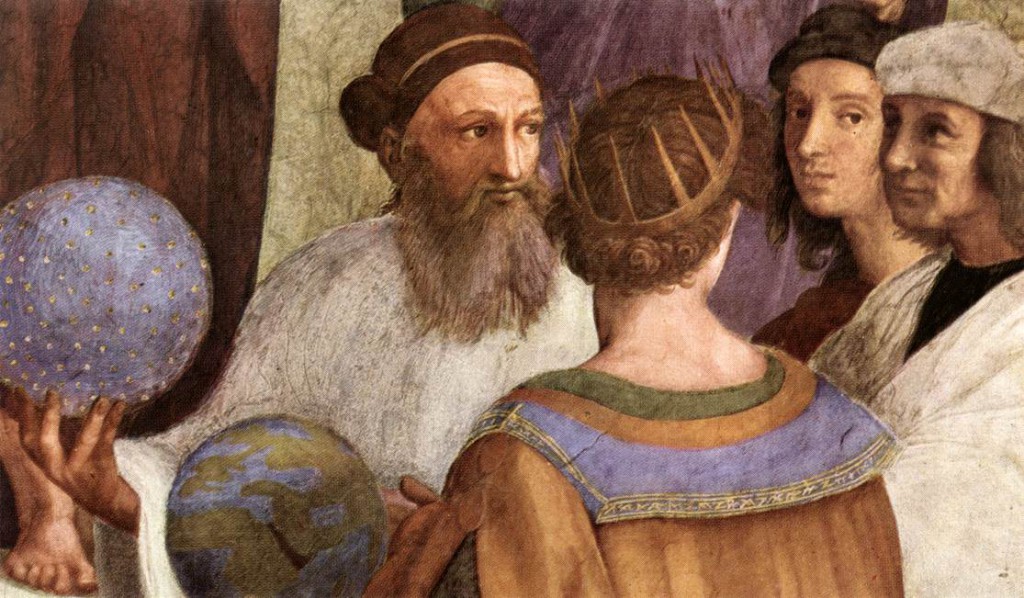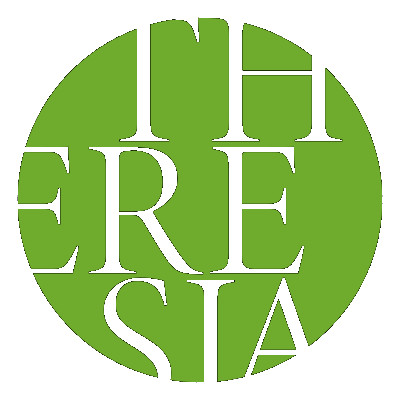
Zoroastre, who was he? On the music hand, “Zoroastre” (Zoroaster) is an opera by Jean-Philippe Rameau, first performed on 5 December 1749 by the Opéra in the first Salle du Palais-Royal in Paris. The libretto is by Louis de Cahusac. Zoroastre was the fourth of Rameau’s tragédies en musique to be staged and the last to appear during the composer’s own lifetime. Audiences gave the original version a lukewarm reception, so Rameau and his librettist thoroughly reworked the opera for a revival which took place at the Opéra on 19 January 1756. This time the work was a great success and this is the version generally heard today.
The opera included some important innovations: it was the first major French opera to dispense with an allegorical prologue and its subject matter was not drawn from the Classical mythology of Greece and Rome, as was usual, but from Persian religion. There was good reason for this. As Graham Sadler writes, the opera is “a thinly disguised portrayal of Freemasonry”. Cahusac, the librettist, was a leading French Mason and many of his works celebrate the ideals of the Enlightenment, including Zoroastre. The historical Zoroaster was highly regarded in Masonic circles and the parallels are obvious between Rameau’s opera and an even more famous Masonic allegory, Mozart’s The Magic Flute (1791), with its initiation rites conducted under the auspices of the wise “Sarastro”.
And what about the real Zoroastre? As a matter of fact, Zoroastre, (which original name was Zarathustra), was a poet and founder of the Zoroastrianism, an ancient monotheistic religion. He was born in Persia (which is now Iran) and the date of his birth is unknown, with disparate hypotheses: classical writers such as Plutarch and Diogenes proposed dates prior to 6000 BCE. Dates proposed in scholarly literature diverge widely, between the 18th and the 6th centuries BCE; according to other sources he lived between 1800 and 1100 BCE. He spent his life in a region between current Afghanistan and Pakistan. He wrote a large number of texts, all af them collected in “The Avesta”: beneath all, “The Gathas” are 17 hymns which are considered the most sacred texts of the Zoroastrian faith.
In the Gathas, Zoroaster describes the human condition as a mental struggle between truth (which is called aša) and lie (druj). The cardinal concept of aša — which is highly nuanced and only vaguely translatable — is at the foundation of all Zoroastrian doctrine: so, aša is also the God Ahura Mazda, the creation, the existence and the condition for free will. The purpose of humankind, like that of all other creation, is to sustain aša. For humankind, this occurs through active participation in life and the exercise of constructive thoughts, words and deeds.
Zoroaster emphasized the freedom of the individual to choose right or wrong and individual responsibility for one’s deeds. This personal choice to accept aša or arta (the divine order), and shun druj (ignorance and chaos) is one’s own decision and not a dictate of Ahura Mazda. For Zarathustra, by thinking good thoughts, saying good words, and doing good deeds (e.g. assisting the needy or doing good works) we increase this divine force aša or arta in the world and in ourselves, celebrate the divine order, and we come a step closer on the everlasting road to being one with the Creator. Thus, we are not the slaves or servants of Ahura Mazda, but we can make a personal choice to be his co-workers, thereby refreshing the world and ourselves.
Zoroastrianism kept going to be trusted through centuries, being an influencial philosophy: many elements entered the West through their influence on Judaism and Middle Platonism and have been identified as one of the key early events in the development of philosophy. Among the classic Greek philosophers, Heraclitus is often referred to as inspired by Zoroaster’s thinking. Nietzsche himself was inspired by Zoroastrianism when he wrote his masterwork “Also spracht Zarathustra”.
The religion nowadays is a positive, life-affirming one, which demands not so much belief: it’s rather an ethic of personal responsibility, preaching harmony between man and nature, and respect for all of Creation. The number of Zoroastrians in the world today is about 200,000, with the highest concentrations in the ‘homelands’ of Iran (24,000 – 90,000) and India (70,000).


